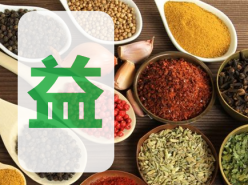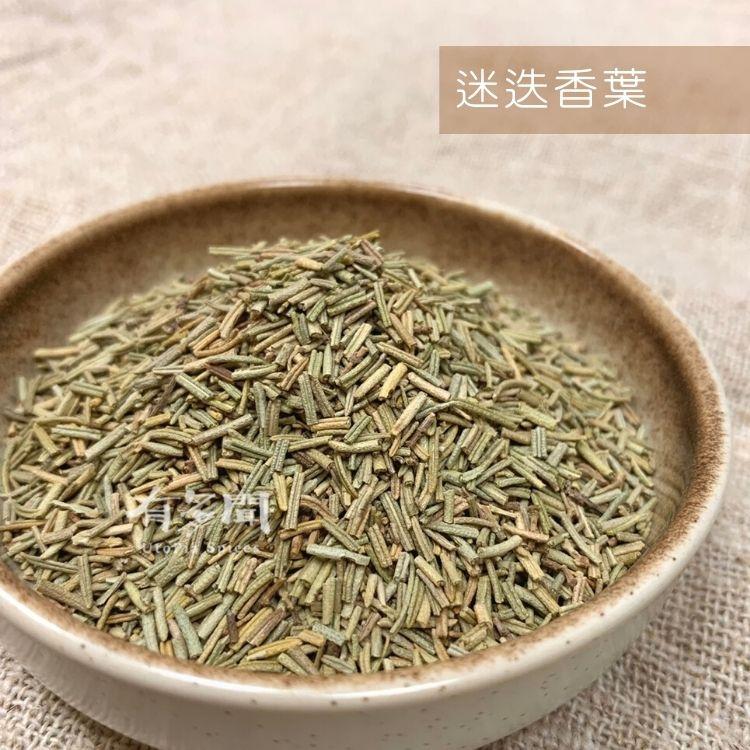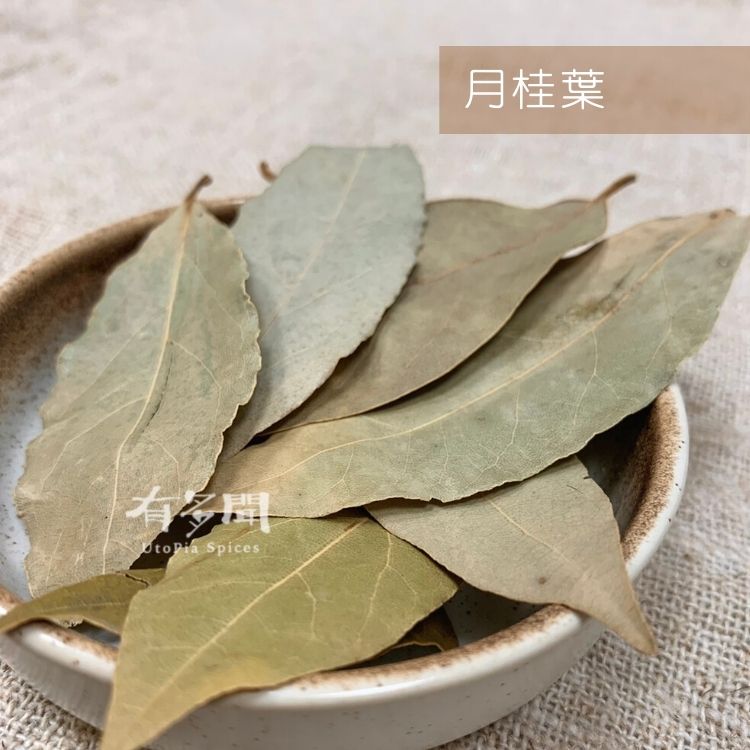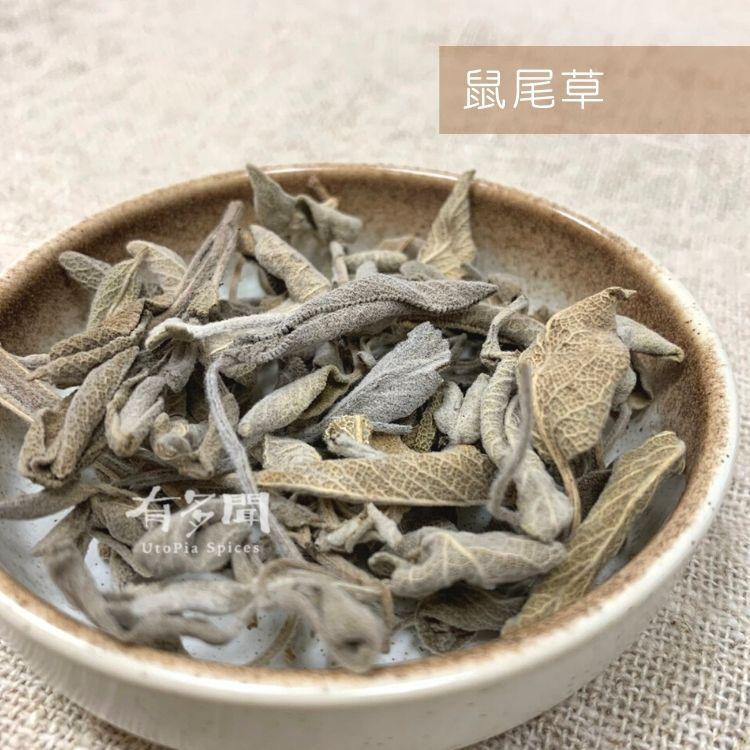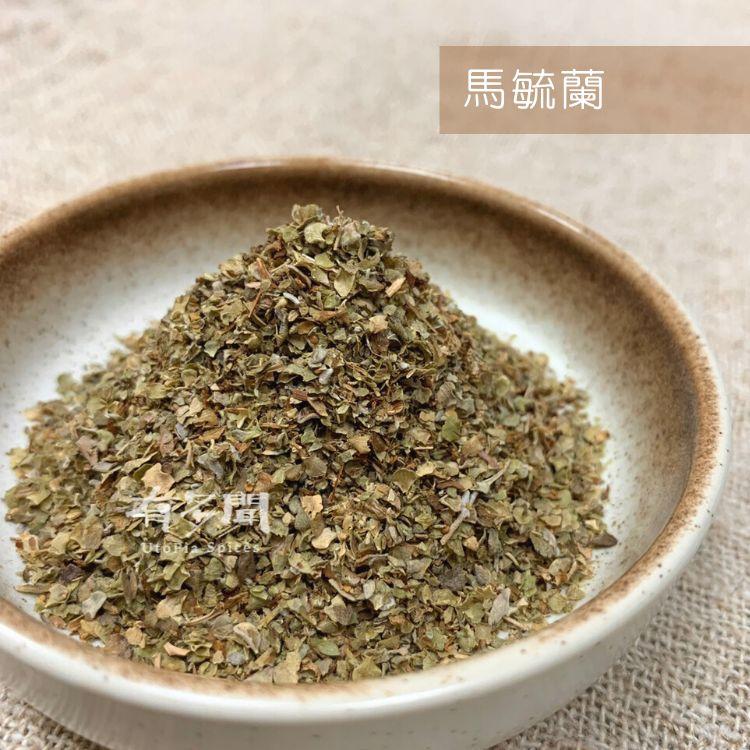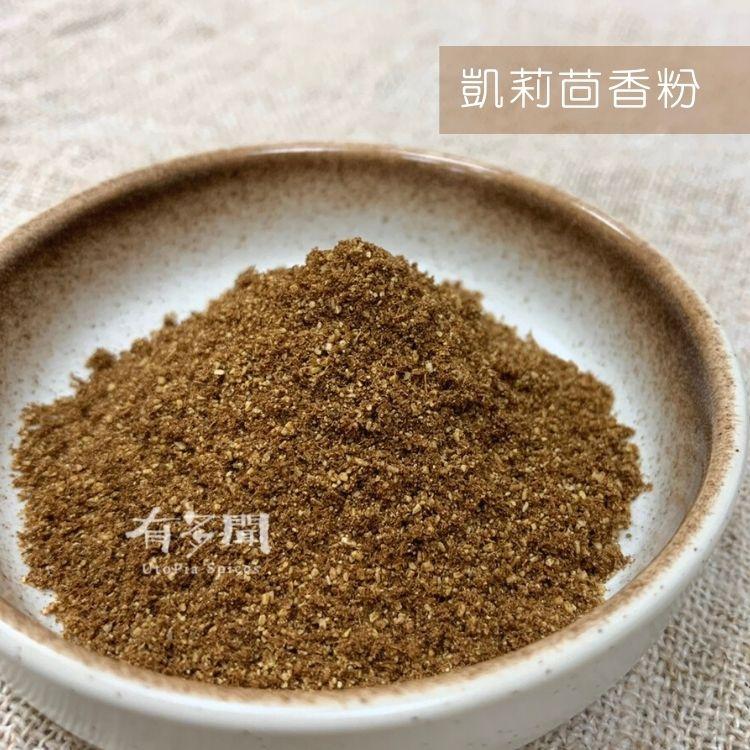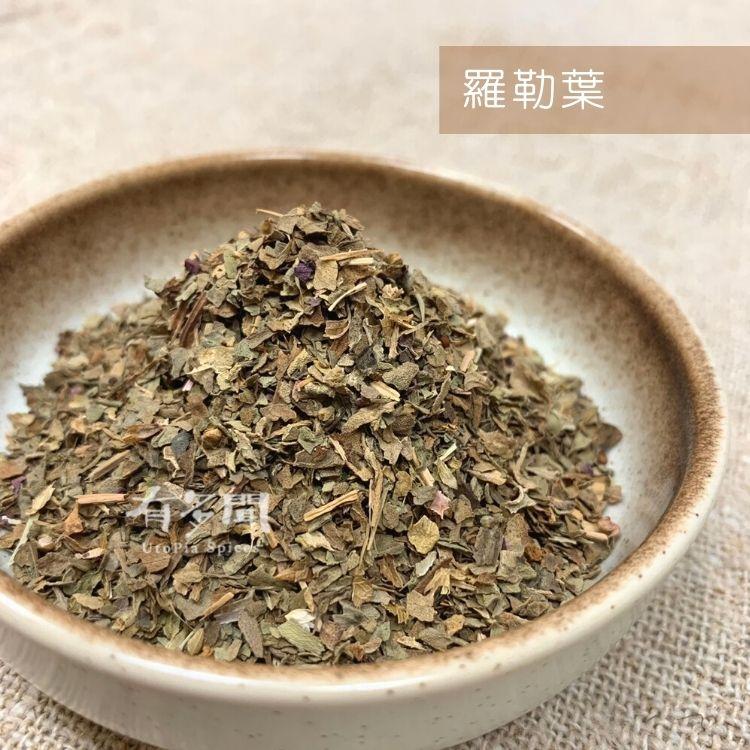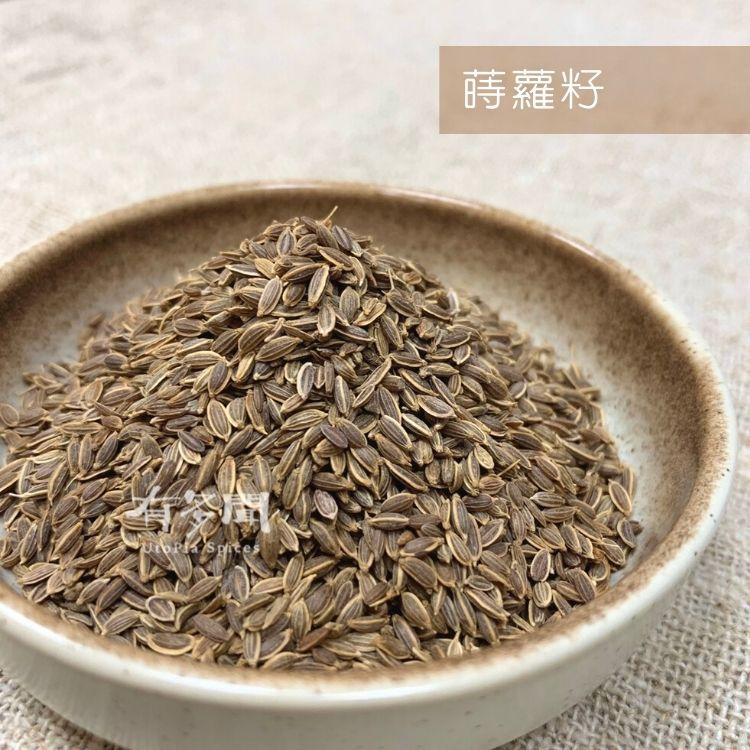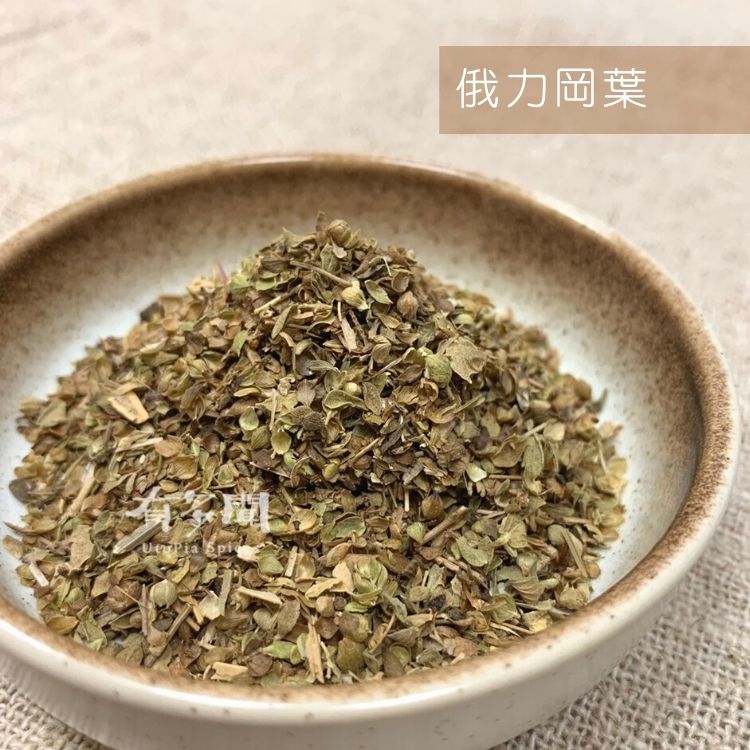
Feature:
Oregano leaf is a perennial herb. Its leaves are usually oval in shape and may have smooth or slightly serrated edges.
Taste and Smell:
Oregano leaves have a unique aroma that is slightly bitter, spicy, and slightly sweet.
It has a strong smell and taste and is often used as a seasoning in cooking.
Origin:
Türkiye. Oregano leaves are native to temperate regions of Europe and Asia, but are now cultivated around the world.
It is especially loved in the Mediterranean region and often appears in local dishes.
Cooking dishes:
Pizza and Pasta: Oregano is one of the main spices used in pizza sauce and various pasta sauces.
Meat and Seafood: It is also commonly used to cook a variety of meats and seafood, especially in Mediterranean cuisine.
Marinades and Sauces: Oregano is often used in a variety of marinades and sauces to add flavor.
Salads: It can also be sprinkled on salads to provide extra aroma.
Applicable dishes:
Pizza, shrimp sautéed with oregano mushrooms, grilled lamb with herbs, meat sauce, chimichurri, beef stew, barbecue
**When using oregano leaves, it is recommended to use them in moderation due to their strong flavor. In addition to fresh oregano leaves, dried oregano leaves are also a common form on the market. The dried oregano leaves have a stronger flavor.
![]()
